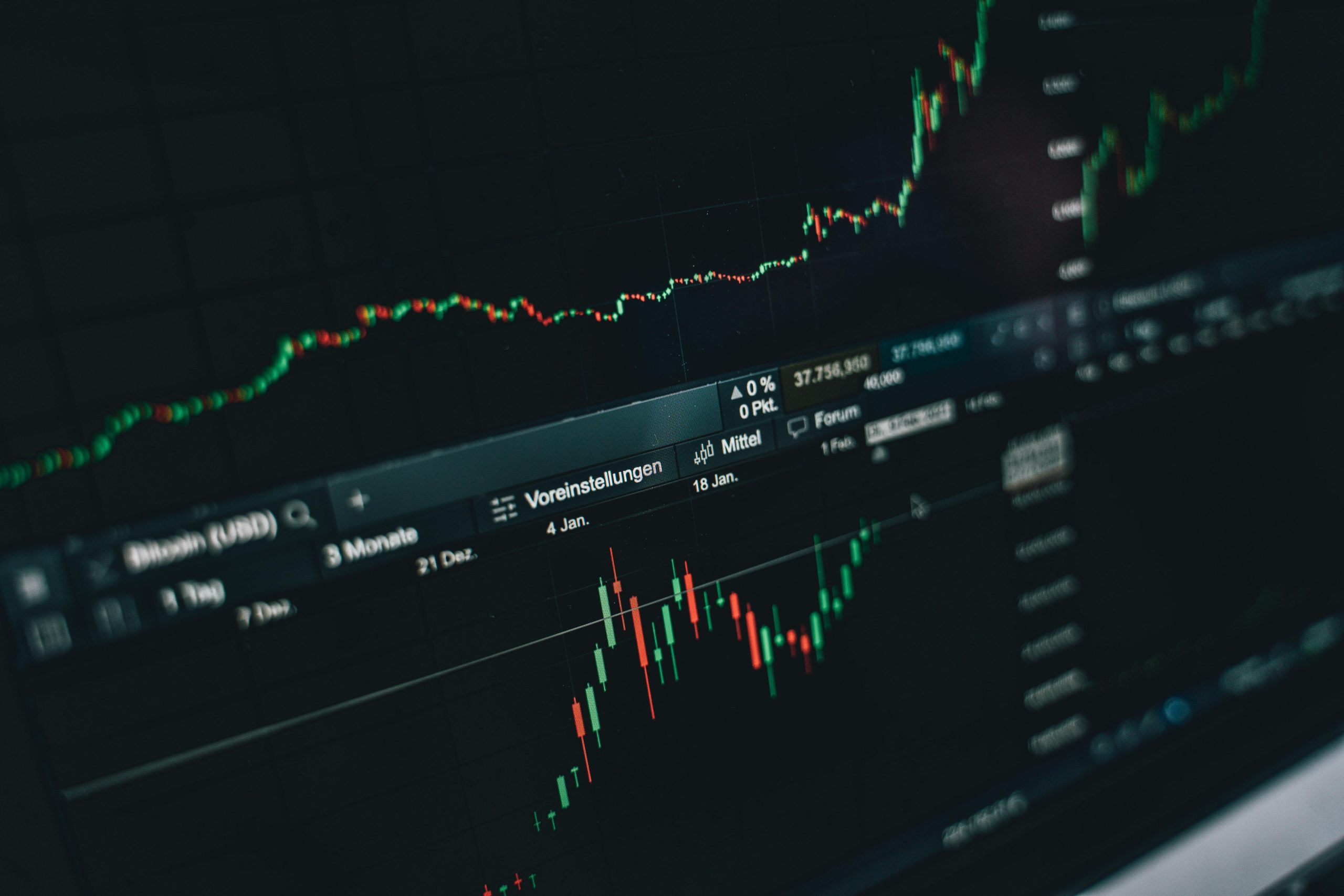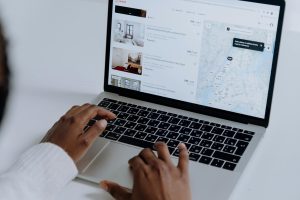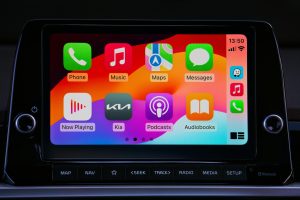Building Digital Twins for Real-Time System Monitoring
With the advancement of technology, businesses are constantly looking for ways to increase efficiency and reduce downtime. This is where digital twins come into play. Digital twins are virtual replicas of physical systems, processes, or products that can be used for real-time simulation, monitoring, and analysis. In this article, we will discuss how building digital twins can help with real-time system monitoring and how this technology is revolutionizing the way businesses operate.
The Importance of Real-Time System Monitoring
In today’s fast-paced world, every second counts. Businesses rely heavily on technology and systems to keep their operations running smoothly. Any downtime or disruptions can result in loss of revenue, productivity, and damage to the company’s reputation. This is where real-time system monitoring becomes crucial.
Real-time system monitoring involves continuously collecting and analyzing data from a system in order to identify any anomalies or potential problems. By doing so, businesses can proactively address and resolve issues before they turn into major problems. Real-time system monitoring also allows for better decision-making and resource allocation.
Introducing Digital Twins
Digital twins are virtual representations of physical systems, products, or processes. They are created by using data from sensors, simulation models, and historical data. This virtual replica behaves just like the physical system, allowing for real-time monitoring, analysis, and prediction of future behavior.
By creating a digital twin of a system, businesses can gain a better understanding of how their systems operate and identify potential issues before they occur. This allows for proactive maintenance and optimization, resulting in reduced downtime and increased operational efficiency.
The Process of Building Digital Twins
The process of building a digital twin involves four main steps: data collection, simulation modeling, integration, and visualization.
Data Collection
The first step in building a digital twin is to collect data from the physical system. This can be done through sensors, IoT devices, or by manually entering data. The data collected must be accurate and representative of the system’s behavior.
Simulation Modeling
Once the data is collected, it is fed into simulation models to create a digital replica. These models mimic the behavior and performance of the physical system in real-time. The more data that is available, the more accurate the digital twin will be.
Integration
The digital twin is then integrated with the physical system, allowing for real-time monitoring and analysis. This integration can be done through APIs or by connecting the digital twin to the sensors and controls of the physical system.
Visualization
The final step is to visualize the data collected from the digital twin. This can be done through dashboards and reports, allowing businesses to gain insights into the performance of their system.
Benefits of Building Digital Twins for Real-Time System Monitoring
There are several benefits to building digital twins for real-time system monitoring:
Early Detection of Issues
By continuously monitoring the digital twin, potential issues can be detected at an early stage. This allows for proactive maintenance, reducing downtime and minimizing the impact on operations.
Improved System Performance
By analyzing data from the digital twin, businesses can identify opportunities for optimization and improvement. This can result in increased efficiency and lower operational costs.
Better Decision-Making
Real-time system monitoring using digital twins provides businesses with the data they need to make informed decisions. This allows for better resource allocation and improved overall performance.
Increase in Productivity
With real-time system monitoring and the ability to predict potential issues, businesses can minimize downtime and disruptions, resulting in increased productivity.
Conclusion
Building digital twins for real-time system monitoring is a game-changer for businesses. It provides a proactive approach to maintenance, optimization, and decision-making. By creating a virtual replica of their systems, businesses can gain valuable insights and ensure smooth operations. As technology continues to evolve, the use of digital twins will become more prevalent, helping businesses stay ahead of the game.










